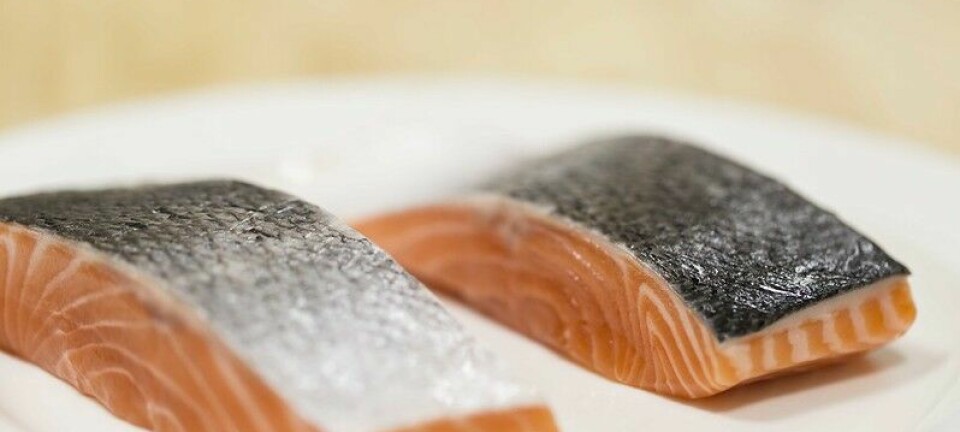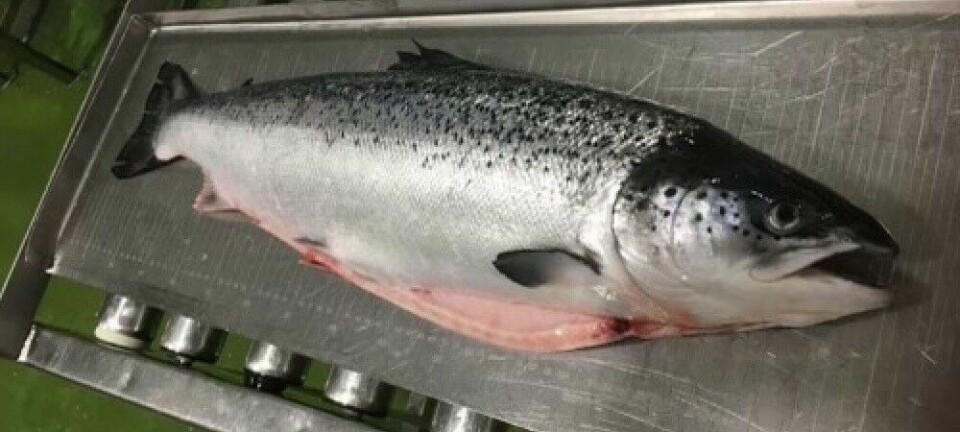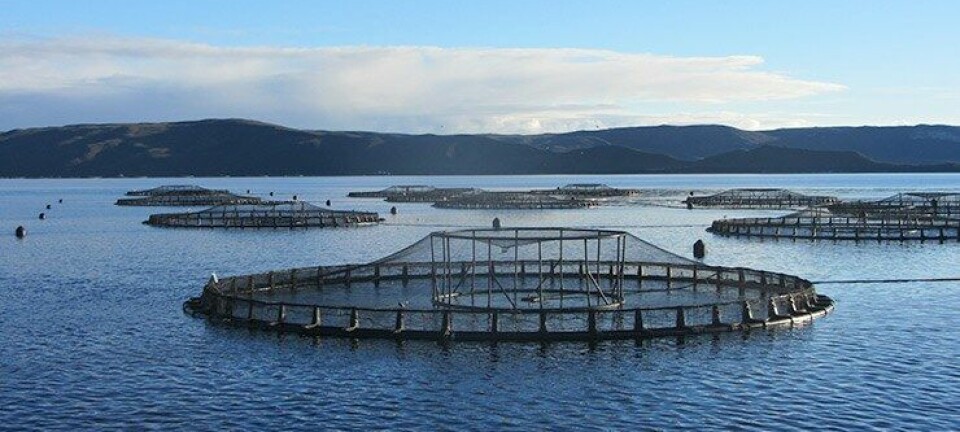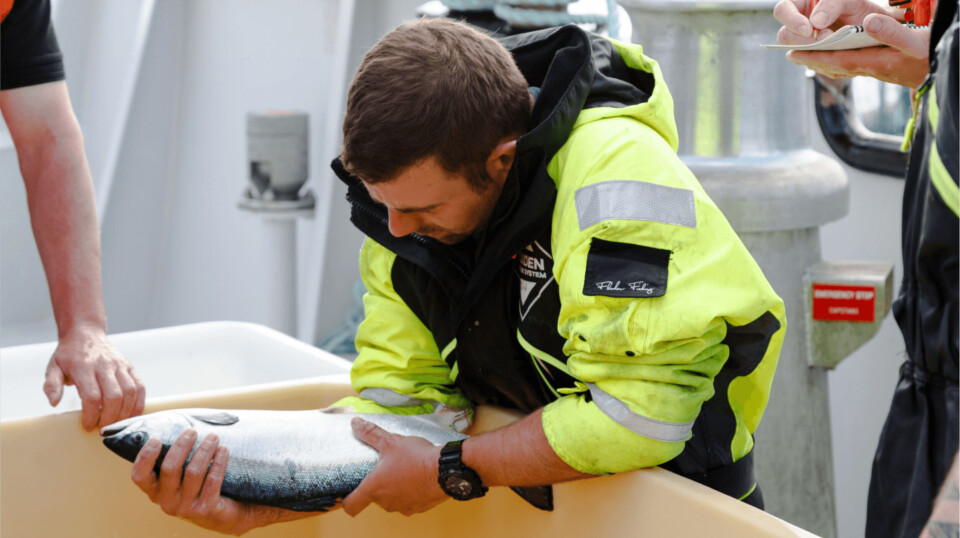
New tool being developed to validate sea lice dispersion models
Researchers in Scotland, Norway, and Faroes seek a more standardised approach
A consortium of researchers from Scotland, Norway and the Faroe Islands is working on a new benchmark testing tool that could help to better validate the predictions of the dispersion of sea lice in water and enhance fish health.
The project, known as SAVED – Sustainable Aquaculture: Validating Ectoparasite Dispersal (Models) – recently received a funding boost from the Sustainable Aquaculture Innovation Centre (SAIC). The aim is to create a new system to validate the results of existing dispersion models, used by salmon farmers, academics, and regulatory bodies.
Project partners include the University of Strathclyde; salmon farmers Mowi Scotland, Scottish Sea Farms, and Bakkafrost Scotland; the Scottish Government’s Marine Directorate; the Norwegian Institute of Marine Research; Faroes aquaculture research station Firum (formerly Fiskaaling); oceanographic data handler NW-Edge; and the Scottish Environment Protection Agency (SEPA), as an observer.
Different assumptions
A variety of dispersal modelling tools is already available to help the salmonid farming sector manage the challenge of sea lice and inform decisions about future aquaculture sites. However, each model works with a different set of underlying assumptions, meaning they tend to return different results. A new, universally accepted tool for cross-comparison between models and data could lead to a more robust, standardised approach to model evaluation, leading to more accurate predictions of potential risk to wild fish populations from sea lice.
The free online tool will be informed by several existing physical and behavioural models, which include elements such as winds and tides, the way sea lice move in the water and how they react to light exposure. Researchers will also combine data from Scotland, Norway, and the Faroe Islands to gain a detailed understanding of the uncertainties produced in each nation’s results.
With a new standardised approach, academics, fish farmers, and regulators using any of the models currently available on the market will be able to use the online benchmark tool to provide an additional level of validation and have assurance that the output is as reliable as possible.
Reducing variability
Dr Meadhbh Moriarty, senior aquatic epidemiological modeller for the Scottish Government’s Marine Directorate (formerly Marine Scotland), said: “Different sea lice dispersal models use varying complex mathematical techniques, but it is important to ensure that the same set of input data returns a valid result, no matter which product is used. To reduce the variability, we are creating a bespoke Python script that can be applied to each model and ensure it is fit for purpose.”
Python is a computer programming language and a Python script is an executable code used to test that a programme works as planned.
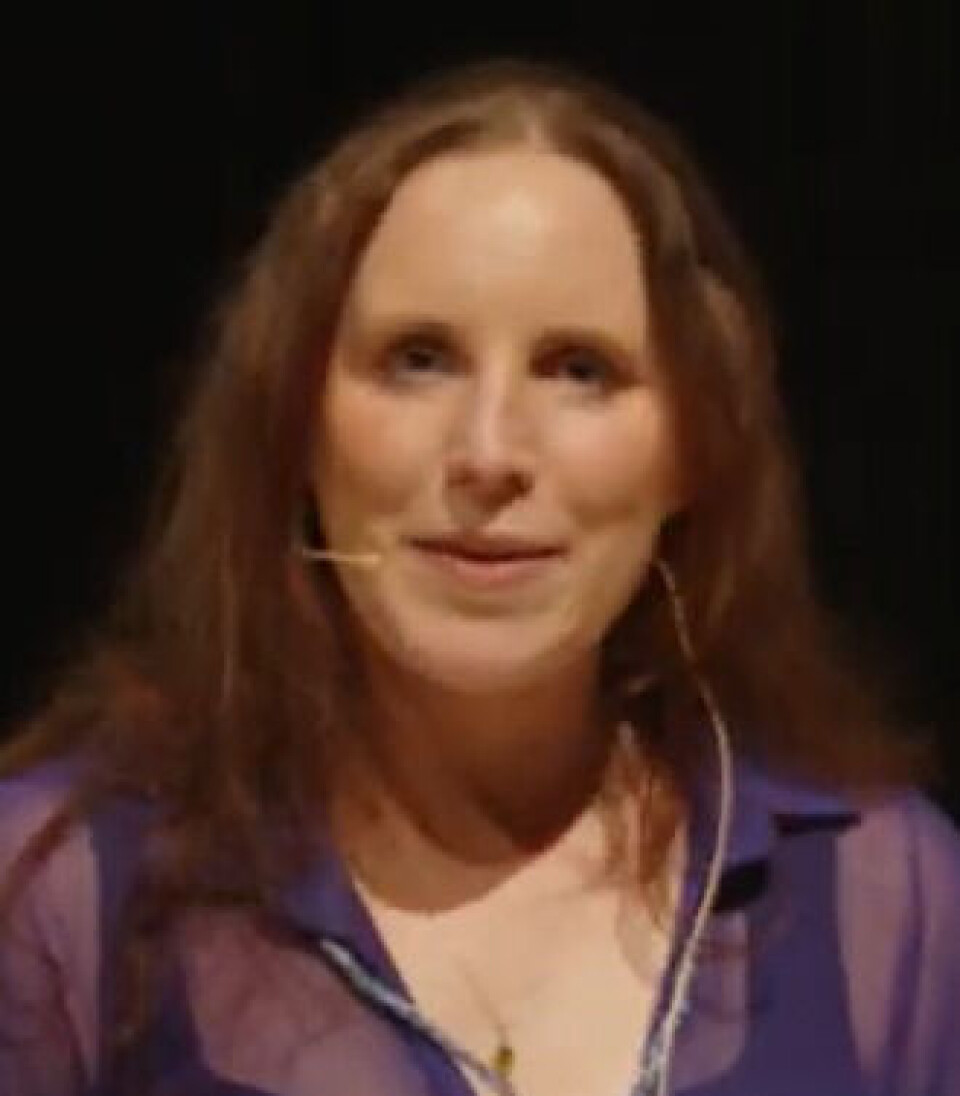
“Another important aspect is the development of a ‘data dictionary’ which can help to guarantee that everyone using these models is interpreting the figures in the same way,” added Moriarty. “Having input from so many partners across three of the major salmon-producing nations, each with its own governance system, is a big bonus for the project. We hope that the end result will be adopted by the aquaculture sector at scale, helping to better manage the threat of sea lice.”
Consistent results
SAIC chief executive Heather Jones said: “In recent years we have seen growing demand for data-driven practices to mitigate fish health concerns, including sea lice modelling. However, valuable insight can only be based on quality data, so the tools must return dependable results that can be interpreted consistently.
“This project is a fantastic example of international collaboration for the greater good. The benchmark could have significant benefits in terms of helping bring about proportionate regulation and enabling the future growth and development of farming.”
Phil Gillibrand, oceanographer and hydrodynamic modeller at Mowi Scotland, said: “We hope that this project will provide a tool to make the cross-comparison of different sea lice dispersal models, and their evaluation against observations, as consistent, rigorous, transparent, and streamlined as possible.”

